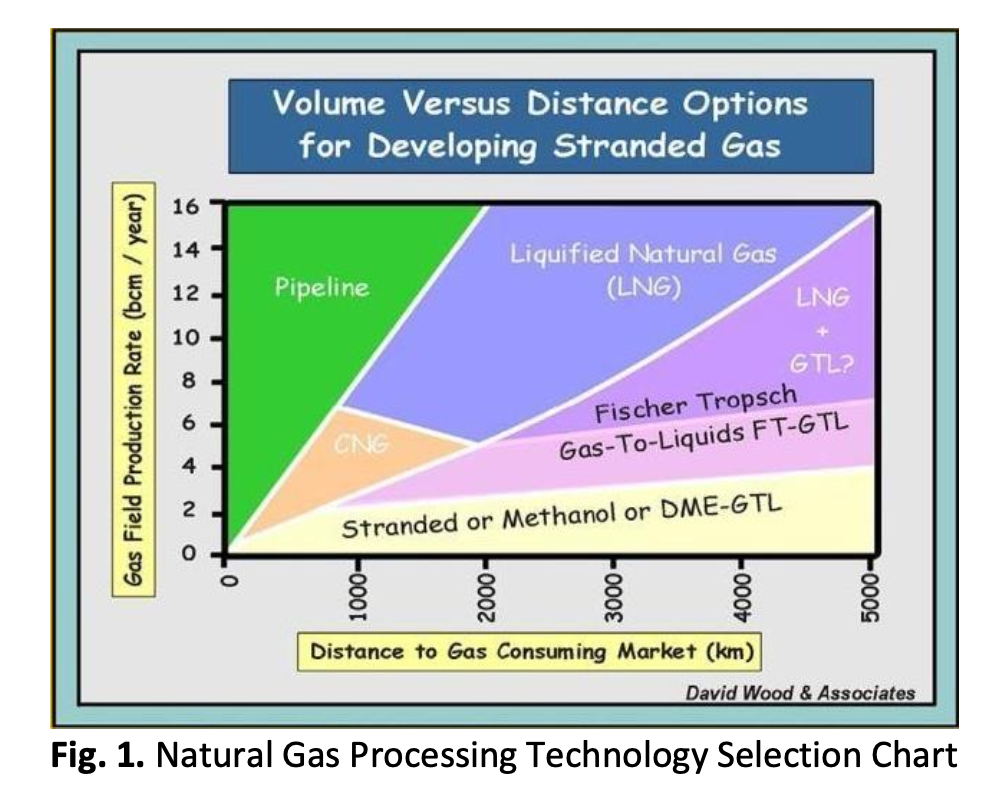Plant Design and Techno-Economy Analysis of Floating Liquefied Natural Gas (FLNG) in Masela Block
DOI:
https://doi.org/10.37934/arfmts.112.1.106124Keywords:
Liquefied natural gas, offshore, floating, Masela block, techno-economyAbstract
The prospects of the natural gas industry in Indonesia are very great. Considering that Indonesia has large enough natural gas reserves of 62.4 trillion cubic feet, of which 43.6 trillion cubic feet are proven. In fact, about one-third of the world's natural gas reserves are offshore. For the utilization of offshore gas production itself, it usually uses pipelines for gas distribution from offshore production facilities to the mainland commonly referred to as onshore terminals. The establishment of an offshore liquefied natural gas (LNG) plant is the solution to maximize the utilization of natural gas resources. The aim of this research is a preliminary study that obtains a decision on an effective method and economic parameters of the development plan required for an efficient process to provide maximum floating LNG plant investment and profitability. The pre-designed offshore LNG plant is planned to be commissioned in 2025 with a production capacity of 2.5 MTPA. The location for the construction of this plant is planned in the Masela Block area. It will operate continuously 24 hours a day for 330 days with raw materials of 315128 kg of natural gas/hour, producing LNG products of 230768 kg/hour, Liquefied Petroleum Gas (LPG) of 5800 kg/hour, and condensate products of 356 kg/hour. The production process of this offshore LNG plant can be divided into 4 processes, namely acid gas removal, dehydration unit, fractionation, and liquefaction, which are considered to be common processes based on low cost and high efficiency. From an economic point of view, the Internal Rate of Return (IRR) obtained at 12.3% is above the bank loan interest rate, which is 8% with a payback period (POT) of 4.81 years, which is smaller than the repayment time set by the lender, which is 10 years, and break-even point (BEP) has reached 36% that just acceptable which refers to the economic sustainability of plant development. Therefore, offshore LNG plants are feasible to be established.
Downloads
































